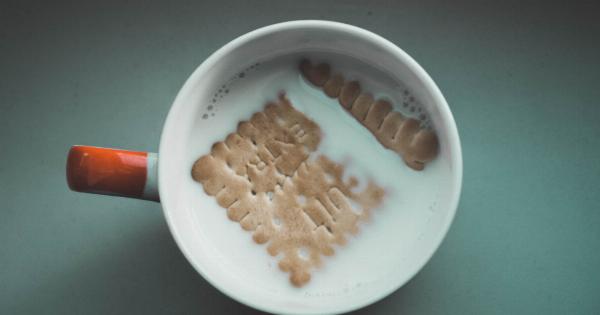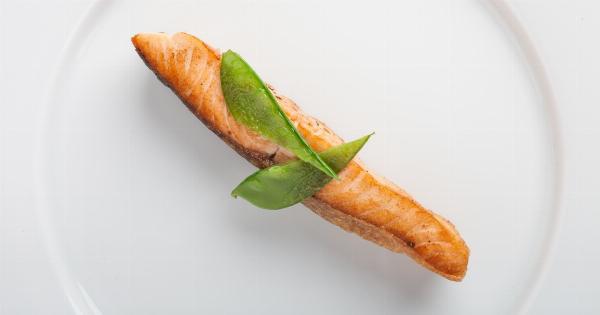Cancer is a complex disease that affects millions of people worldwide. Early diagnosis and preventative measures are crucial in reducing the morbidity and mortality associated with cancer.
While traditional screening methods such as mammograms, colonoscopies, and biopsies are commonly used, researchers are exploring alternative ways to detect cancer at an even earlier stage. One intriguing approach is the evaluation of cancer risk through foot nails.
The Link Between Nails and Cancer
The human body constantly sheds dead cells, and these cells can provide valuable insight into our health. Nails, which grow from the nail bed, are made up of keratin – a protein that comprises the outermost layer of our skin, hair, and nails.
This keratinized material contains genetic information that can be analyzed to identify various health conditions, including cancer.
The Science Behind Nail Analysis
Nail analysis, also known as onychoscopy, is a non-invasive technique that involves examining the nail plate and its alterations to determine potential health issues.
Several studies have shown that different types of cancer can manifest changes in the nails, including discoloration, ridges, and nail clubbing.
Researchers have also discovered that the presence of certain molecules or biomarkers within the nails may indicate a higher risk of developing cancer.
These biomarkers can be detected through techniques such as spectrophotometry or Raman spectroscopy, which analyze the molecular composition of the nail samples.
Types of Cancer Detectable Through Nail Analysis
Nail analysis has shown promise in the early detection and risk evaluation of various types of cancer. Below are some examples:.
1. Skin Cancer
Changes in the color and texture of nails, such as dark streaks or pigmentation, can be indicative of melanoma or other forms of skin cancer.
2. Lung Cancer
Clubbing of the nails, where the fingertips become enlarged and the nails curve around the fingertips, is associated with lung cancer. It is believed to be caused by an increase in connective tissue growth factors in response to lung tumors.
3. Colorectal Cancer
Studies have shown that half-moon-shaped discolorations on the nails, known as Muehrcke’s lines, may be associated with colorectal cancer. These lines are thought to be caused by abnormal blood supply to the nail bed.
4. Breast Cancer
Researchers are exploring the possibility of using human nails as a potential source of biomarkers for breast cancer detection. Preliminary studies have identified specific proteins and genetic alterations in the nails of breast cancer patients.
5. Prostate Cancer
Promising research suggests that analyzing the biomarkers present in nails could help diagnose and assess the risk of prostate cancer. Changes in the concentration of certain molecules within the nails may indicate the presence of the disease.
The Advantages and Limitations
Nail analysis offers several advantages over traditional cancer screening methods. It is non-invasive, painless, and can be easily performed during routine visits to healthcare professionals.
Additionally, the availability of portable spectrophotometry devices makes nail analysis a potentially cost-effective screening tool.
However, it is important to note that nail analysis is still in its early stages of development. Further research is needed to establish specific biomarkers and standardized diagnostic criteria for each type of cancer.
Additionally, false-positive and false-negative results can occur, requiring additional testing and evaluation.
The Future of Nail Analysis
The use of nail analysis as a diagnostic tool holds significant potential in the field of cancer detection. Continued research and technological advancements may help refine and standardize the technique, improving its accuracy and reliability.
Ultimately, integrating nail analysis into routine healthcare practices could revolutionize early cancer detection and improve patient outcomes.
Conclusion
Nail analysis offers a unique and non-invasive approach to evaluate cancer risk. By analyzing the molecular composition and alterations in nail samples, healthcare professionals may be able to detect various types of cancer at an earlier stage.
While nail analysis is still in the developmental phase, it holds promising potential as a supplementary screening tool. As the research and technology progress, this approach could become a valuable addition to standard cancer detection methods, ultimately saving lives through early intervention.





























